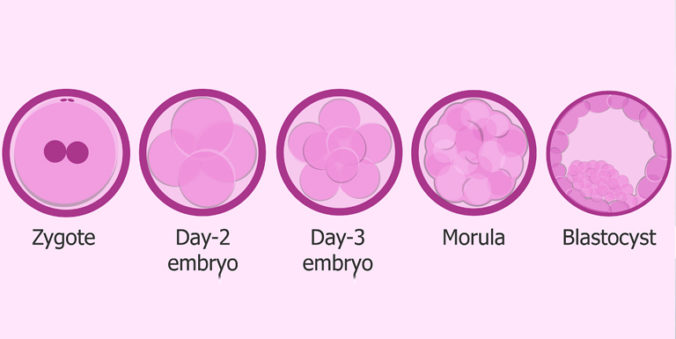
Ideally after the fertilization the embryos are kept in a special culture medium where they can be cultivated to the Day 5 stage which is the blastocyst. Blastocyst is that phase of the embryo which finally gets implanted in the uterus. Since almost only 20-30 % of the embryos reach to the blastocyst stage, the blastocyst being the final stage of the embryo before it hatches when transferred gives a much higher success rates. The key characteristic of the blastocyst is that it has reached the point where the developing baby’s own genes have been activated and take over the remainder of the development. This is known as “genomic activation,” and because genes are the chemical codes that make us unique individuals, genomic activation is the key point at which a unique individual result from conception. Allowing the embryos more time to develop in the IVF lab means that the embryologist can see which ones are naturally the best for transfer, so that only those few embryos that appear to have the greatest opportunity for a successful implant can be chosen. This means that typically only one or two blastocyst embryos are transferred, with pregnancy rates of greater than 50 percent in patients who develop healthy blastocysts. This virtually eliminates the risk of high-order multiple pregnancies, such as triplets or quadruplets, and it has allowed us to provide a new approach to counselling couples concerned about multiple pregnancies